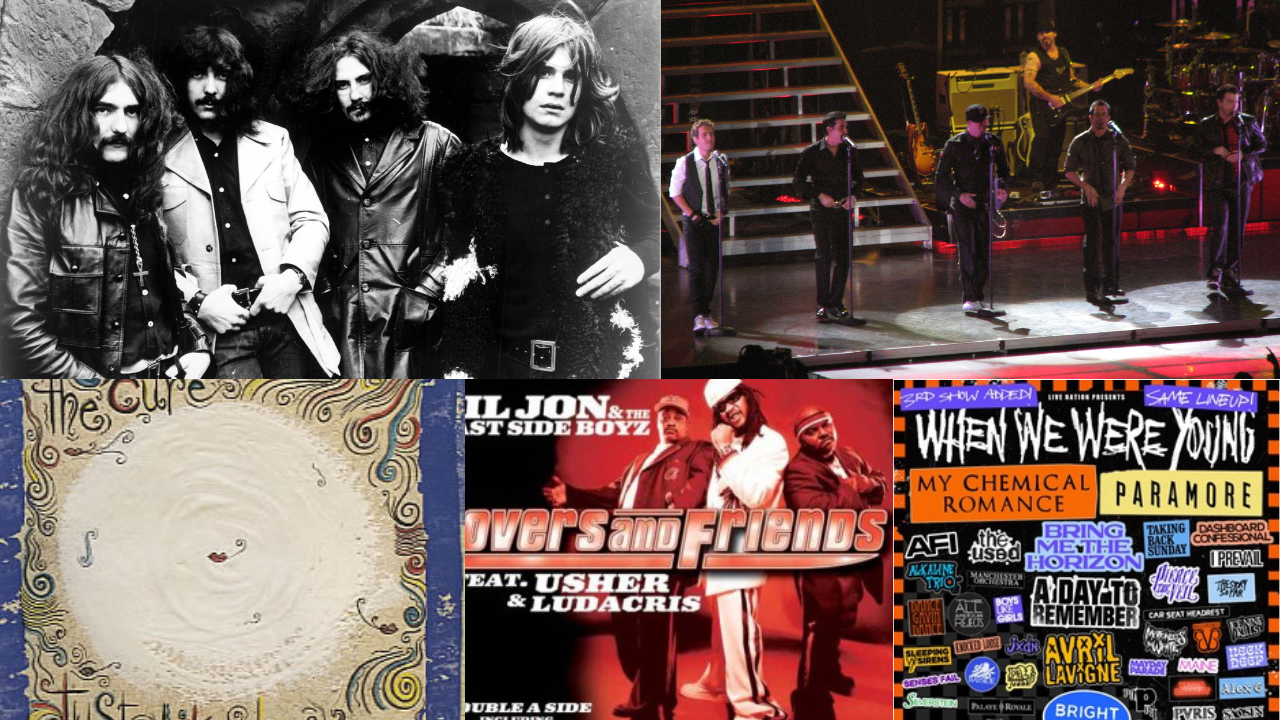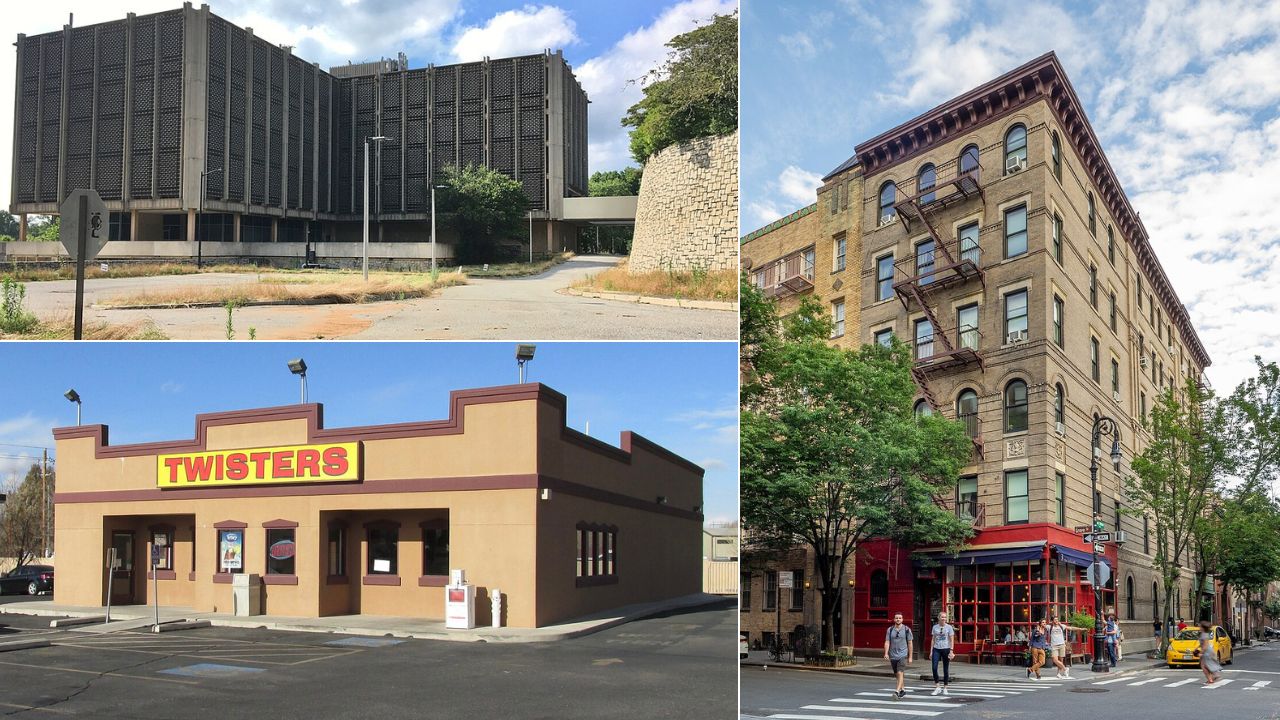Across the United States and Europe, nostalgia-driven festivals and tours have quietly become one of entertainment’s most reliable engines. Promoters gather fans who once lived on mixtapes, message boards, malls, and MTV, now old enough to buy floor seats, VIP lounges, and fly-in weekends. Thoughtful era-centric lineups, safer settings, and high production values transform remembered soundtracks into multi-million dollar nights and new tourism patterns. Each event turns private memories into a shared, tightly produced time capsule, ready to be replayed at scale.
When We Were Young Festival
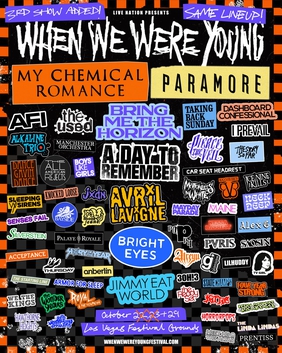
When We Were Young in Las Vegas condenses the Myspace and Warped Tour eras into one dense, all-killer lineup of pop punk and emo veterans. Tiered tickets, VIP decks, branded experiences, and destination weekend packages help drive seven-figure days, while casinos and hotels gain from reunion-style travel. The festival shows how adolescent angst, repackaged with sharp staging and nostalgia-aware marketing, still sells out on a monumental scale.
Lovers and Friends Festival
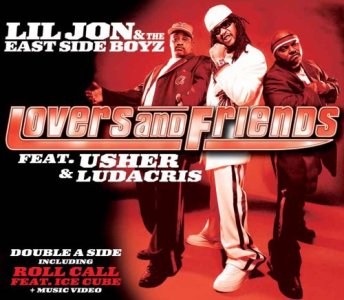
Lovers and Friends gathers late 1990s and early 2000s R and B and hip hop icons into a single Las Vegas spectacle built to feel like a live greatest-hits countdown. Premium pricing, cabanas, and sponsor-heavy activation convert sing-along memories into strong margins, even with occasional weather or scheduling setbacks. Its crowds demonstrate how millennial nostalgia, curated with recognizable names and festival comfort, can command serious spend from fans and brands alike.
Just Like Heaven Festival
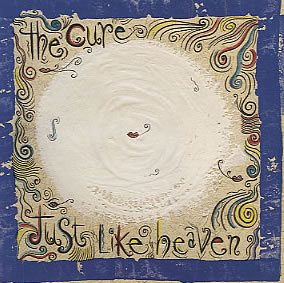
Just Like Heaven at Brookside in Pasadena distills the blog-era indie universe into one bright loop of bands that once ruled dorm stereos and festival side stages. The curation targets listeners now deep into careers and families, ready to treat tickets, hotels, and VIP as an annual ritual. By presenting nostalgia as taste-driven rather than costume, it keeps demand strong, reinforces the promoter’s credibility, and channels meaningful visitor traffic into the local economy.
Cruel World Festival

Cruel World leans into 1980s goth, synth, and post punk, offering rare reunions and cult heroes on a carefully staged outdoor canvas. Loyal fans travel in black-clad packs, investing in outfits, vinyl, and upgraded viewing to match the occasion. Strong sellouts and repeat editions confirm a high-yield formula: respect the subculture, keep production sharp, and let decades of devotion translate into lucrative weekends for organizers and host city alike.
ABBA Voyage, London
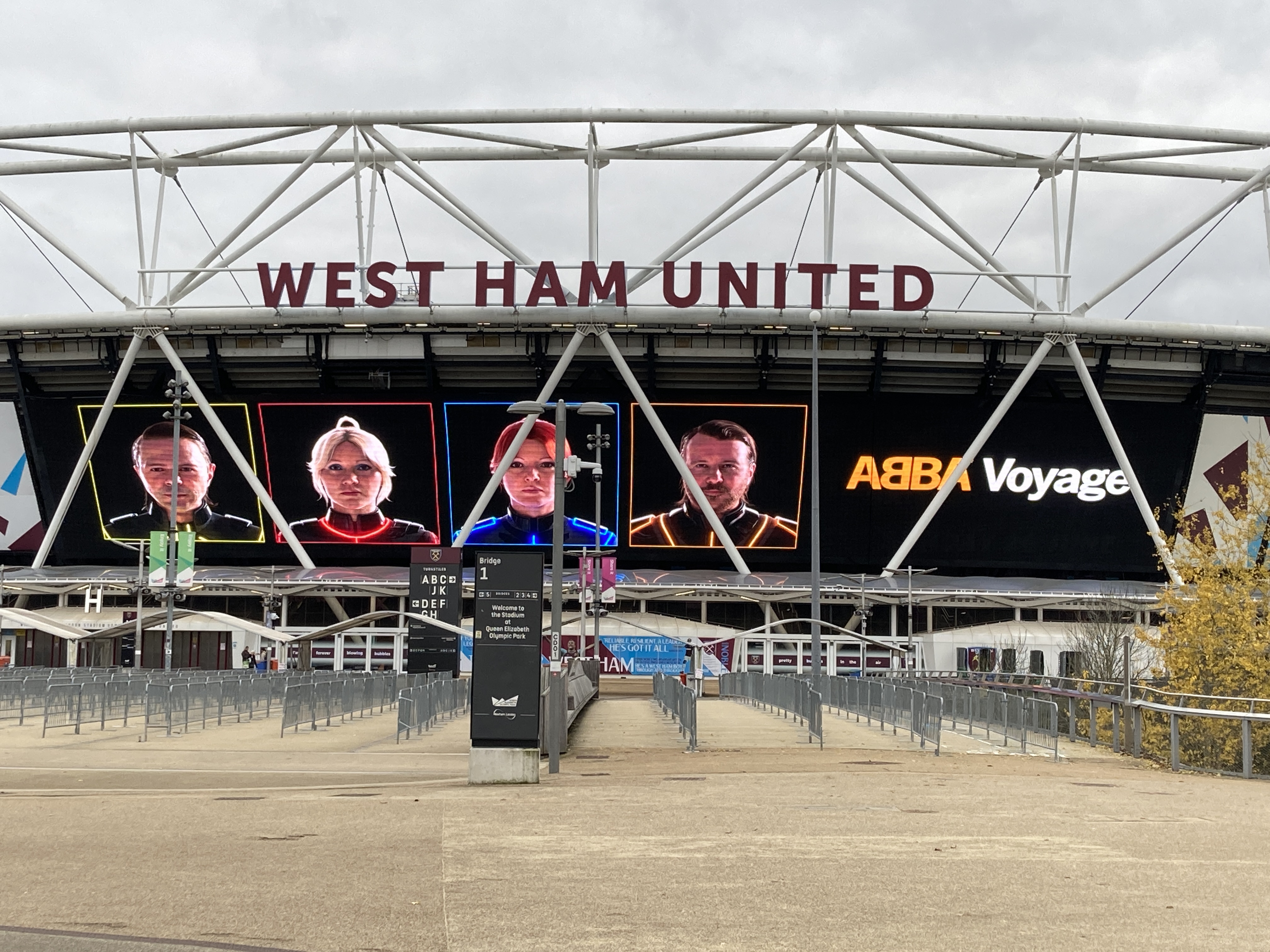
ABBA Voyage in London converts one legendary catalog into a permanent, purpose-built attraction that fixes the band at its 1979 peak without demanding a traditional tour. Consistently strong attendance has produced well over one hundred million dollars in annual revenue, while independent reports credit it with a major multi-year boost to London’s visitor economy. The project stands as a template for legacy acts turning tightly engineered nostalgia into sustainable, high-margin spectacle.
Taylor Swift Eras Tour

Taylor Swift’s Eras Tour operates as a one-artist nostalgia festival, threading every album phase into a three-hour narrative built on memory and reinvention. Across nearly two years and global stadiums, it surpassed two billion dollars in ticket sales and redefined the upper limit of touring economics. Cities logged surges in hotels, dining, and transport, underlining how a meticulously sequenced personal history can rival major sports events in cultural and financial impact.
1990s–2000s Reunion Package Tours
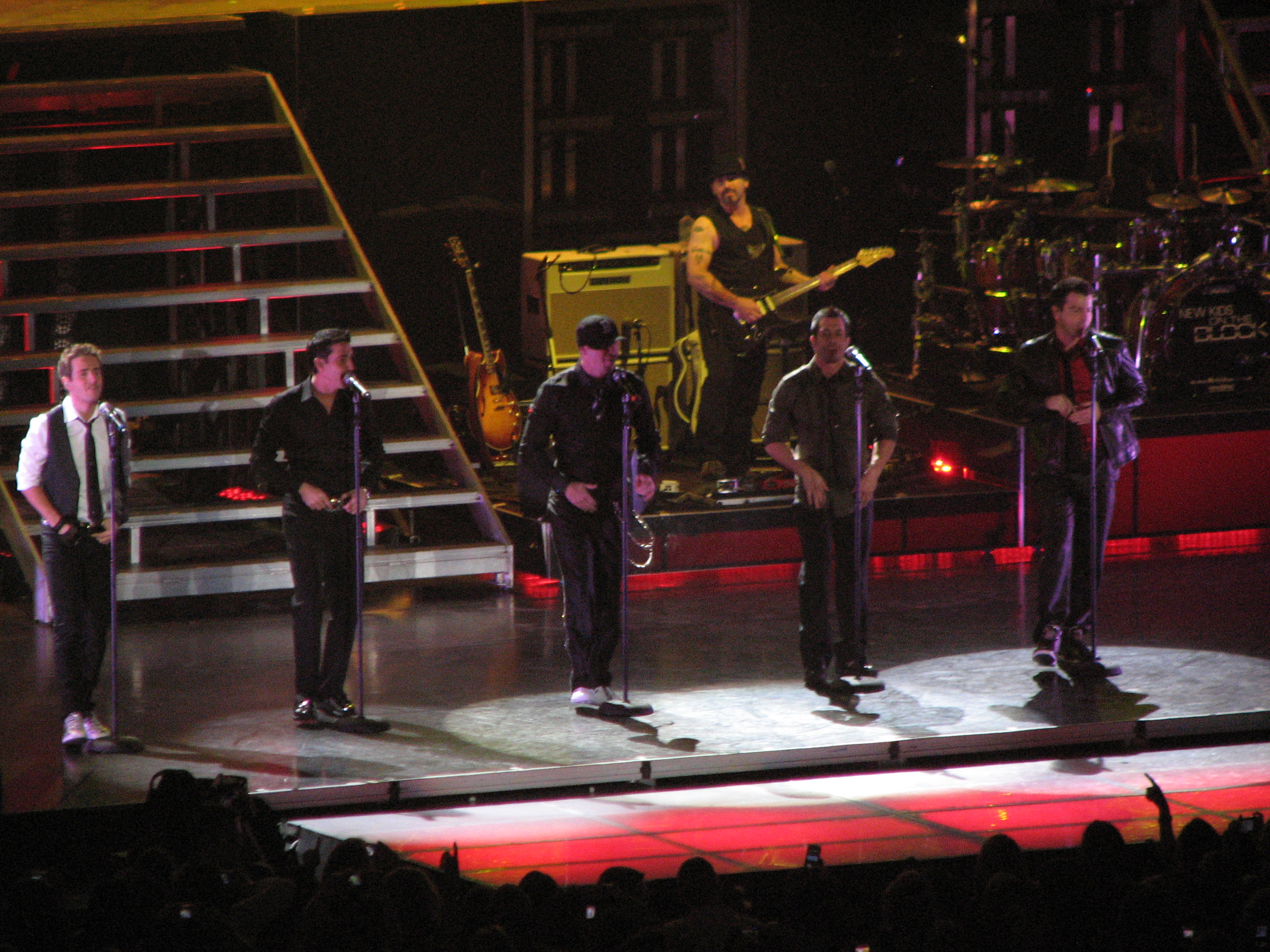
Reunion package tours featuring acts such as New Kids on the Block, Backstreet Boys, and other 1990s and 2000s staples bundle multiple teenage idols into one arena ticket. Shared production, rotating guests, and nostalgia-first VIP tiers keep costs efficient and grosses in the hundreds of millions. These runs confirm a durable ecosystem in which aging fan bases, reliable incomes, and long-term loyalty sustain profitable circuits without needing constant reinvention.
